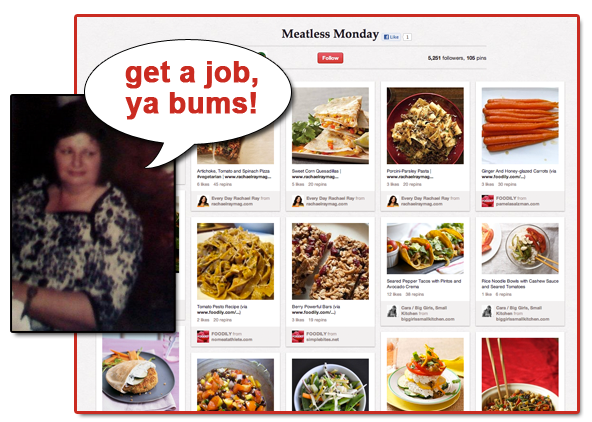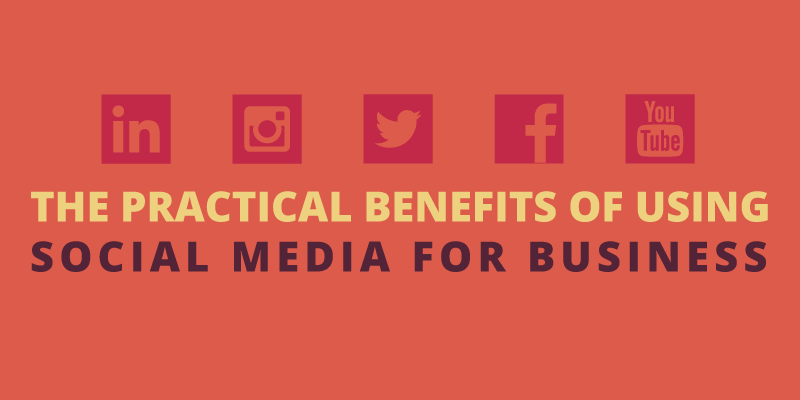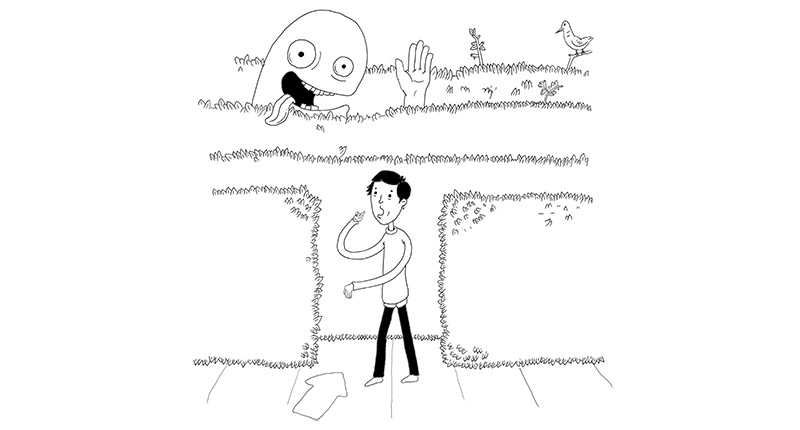My grandmother used to call the television the “idiot box.” One minute in front of the tube was a minute away from fresh grass and character-building skinned knees.
If my grandmother was here today, she’d have no hesitation in transporting that description to the computer, because let’s face it – technology makes us lazy.
Look at Pinterest, for example: completely curated content.
“What, people can’t even find their own recipes anymore? They need other people to find them for them? Go build a fort or something!”
My grandmother was awesome and she made delicious bread and butter sandwiches, but thank goodness she never had to meet Siri.
If you ask me, Pinterest is a damn good waste of time. I may never be able to make the perfect Christmas tree cupcake, but I can sure as hell grow green onions from a mason jar. They grow like weeds, by the way!
Millions of other people agree, and that’s why Google uses it as a point of popularity measurement like they do Twitter and Facebook. If your article gets a lot of shares, Google will notice. Search Engine Watch recently tested the viability of Pinterest SEO using a low-equity site. Within the first week, the site generated 150 (no-follow) inbound links and got indexed for 25 new keywords.
If you want to get Pinterest SEO benefits, drive more traffic, and get found for more keywords, complete these two objectives (warning: it includes using the social network for good, not evil!):
- Build a network of Pinterest users who like and re-pin posts.
- Optimize your pins so that search engines can read them.
- There’s a search box on the top left corner of your screen. Use it to search for related interests and then sort by users.
- Follow and comment on popular profiles that are as actively engaged as you intend to be.
- Be active. Post every day, but not all day.
- Create boards with niche topics (and use keywords to optimize those topics).
- Design compelling graphics (infographics, anyone?) and lead them to a landing page.
- Provide value, not spam, or you’ll get your domain blacklisted so that nobody, not even you, can pin someone from your site.
- Fill out your profile; include your business name and website.
- Add keywords into your bio so people can find you and your niche topic.
- Drop the vague titles and name your boards using keywords people are looking for.
- Write compelling copy for your pins and include keywords.
- Add a hyperlink into the description for your pins.
- Pinterest doesn’t have the most advanced search engine, so use the exact keywords you want to be found for.
At this point, the only way you’ll waste time and risk turning your computer into an “idiot box” is if you don’t measure all the effort you’re putting in.
Use Google Analytics to track traffic from Pinterest and set up goals for your special campaigns. Use tools like Tailwind that help organize that funnel easily.
If this seems tedious, and you’d rather have someone else do it for you, hire us.











